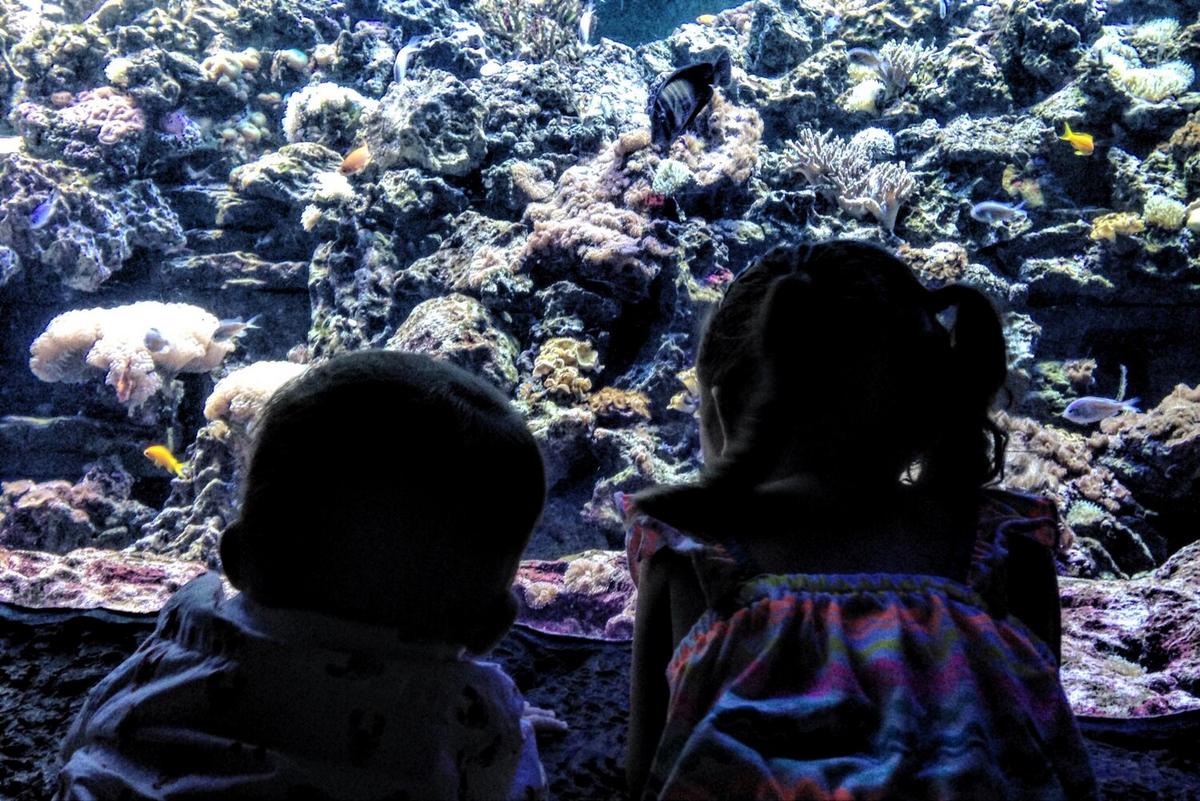Coral Reef Restoration: Techniques and Global Impact
Coral reefs, often referred to as the rainforests of the sea, are vital ecosystems that support a diverse range of marine life. Despite their importance, these vibrant underwater structures are facing unprecedented threats from climate change, pollution, and overfishing. The urgency to restore coral reefs has never been greater, prompting scientists and conservationists to innovate and implement a variety of restoration techniques.

Coral reefs, often referred to as the rainforests of the sea, are vital ecosystems that support a diverse range of marine life. Despite their importance, these vibrant underwater structures are facing unprecedented threats from climate change, pollution, and overfishing. The urgency to restore coral reefs has never been greater, prompting scientists and conservationists to innovate and implement a variety of restoration techniques.
The global decline of coral reefs is alarming, with studies estimating that over 50% of the world’s coral reefs have been lost or severely damaged in the past 30 years. This has significant implications not only for marine biodiversity but also for the millions of people who rely on these ecosystems for food, coastal protection, and tourism. Marine biologist Dr. David Smith emphasizes, “Coral reef restoration is not just an environmental issue—it’s a human survival issue.”
Techniques in Coral Reef Restoration
Coral reef restoration encompasses a range of techniques aimed at rehabilitating damaged reefs and enhancing their resilience. Below are some of the most prevalent methods:
- Coral Gardening: This involves growing corals in nurseries before transplanting them to degraded reefs. This method allows for the cultivation of resilient coral species that can withstand environmental stressors.
- Microfragmentation: A technique where corals are broken into small pieces to promote faster growth. These fragments can grow up to 50 times faster than larger corals, making it an effective way to restore coral cover.
- Biorock Technology: This method uses low-voltage electrical currents to stimulate the growth of calcium carbonate, which provides a substrate for coral larvae to settle and grow.
- Assisted Evolution: This involves breeding corals with desirable traits to create more resilient species capable of surviving in changing ocean conditions.
Global Impact
Restoring coral reefs has a profound impact on global biodiversity and local communities. A successful restoration project not only boosts marine life but also enhances local economies through increased fish stocks and tourism opportunities. For example, in the Philippines, coral restoration efforts have led to a 20% increase in fish populations, supporting local fisheries and food security.
| Region | Restoration Technique | Impact |
|---|---|---|
| Caribbean | Coral Gardening | Increased coral cover and biodiversity |
| Philippines | Biorock Technology | Improved fish stocks and coastal protection |
| Australia | Microfragmentation | Enhanced coral growth rates |
| Southeast Asia | Assisted Evolution | Greater resilience to bleaching events |
| Hawaii | Coral Gardening | Strengthened reef structures |
| Maldives | Biorock Technology | Increased tourism revenue |
| Indonesia | Microfragmentation | Rapid coral cover recovery |
| Fiji | Assisted Evolution | Enhanced genetic diversity |
Actionable Tips for Supporting Coral Reefs
Individuals can play a role in coral conservation by adopting sustainable practices. Here are some tips:
- Reduce Carbon Footprint: Lowering your carbon emissions can help mitigate climate change impacts on coral reefs.
- Support Sustainable Seafood: Choose seafood from sustainable sources to reduce overfishing pressures on reef ecosystems.
- Participate in Clean-Up Events: Join local beach and reef clean-up activities to reduce pollution and protect marine life.
Frequently Asked Questions
How can coral reef restoration help combat climate change?
Healthy coral reefs act as carbon sinks, absorbing carbon dioxide and helping to mitigate climate change impacts.
Are there any risks associated with coral gardening?
While coral gardening is beneficial, there is a risk of introducing diseases if not managed properly. It requires careful monitoring and management.
What is the success rate of coral restoration projects?
Success rates vary, but many projects report significant improvements in coral cover and biodiversity within a few years of implementation.
Conclusion
Coral reef restoration is a crucial endeavor in preserving marine biodiversity and supporting communities that depend on these ecosystems. Through innovative techniques and global cooperation, we can help rehabilitate these vital underwater structures. By taking individual actions and supporting conservation efforts, everyone can contribute to the resilience and recovery of coral reefs worldwide. Let’s work together to ensure these vibrant ecosystems thrive for generations to come.